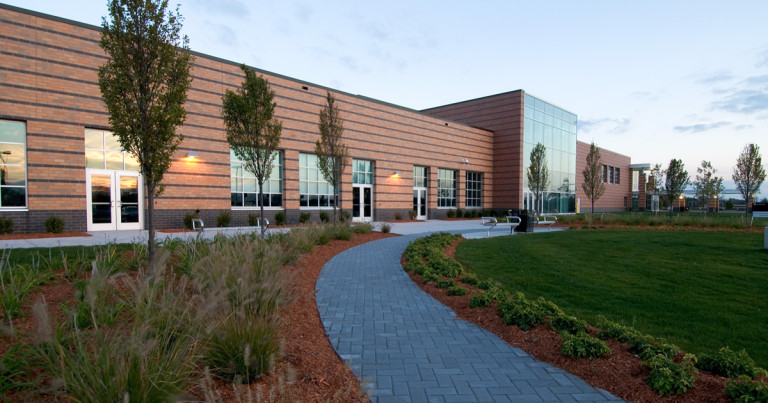When most people hear about the Acoustic Standards in the LEED for Schools Rating System (LEED v4), their eyes start to glaze over like a pair of day-old Krispy Kremes. With over thirty pages of detailed acoustical design criteria, the ANSI Standards are a force to be reckoned with. What are the basic principles of acoustical design that will “LEED” to enhanced learning environments, happy school board officials, and of course… impressive LEED scores?
Three Criteria
To create effective acoustical spaces for education, designers must observe criteria within three important measurements: reverberation times, STC ratings, and background noise levels.
Reverberation Time
Reverberation Time is how long it takes for the sound to decay by 60 dBA. In practical terms, it measures the sound absorption in a space. To meet the LEED guidelines, core learning spaces are allowed reverberation times of 0.6 to 0.7 seconds depending on the room size.
Sound Transmission
The second design consideration is STC, or Sound Transmission Class. STC measures how much sound comes through a barrier (like a wall, ceiling, or floor.) For example, a student sitting at the back of the class can lose her concentration if she hears the voice of a teacher in the next classroom. LEED references the ANSI standard for classrooms, and requires STC 50 for core learning spaces. More critical and demanding spaces, such as, music rooms, auditoria, mechanical equipment rooms, gymnasiums, and larger spaces require a minimum STC 60. As you might imagine, the higher the number, the better the isolation.
Background Noise
The final element to control is the background noise level. This is always hard to isolate because the sounds come from everywhere. Environmental noise, AC units, boiler systems, all contribute to background noise levels, and can break students’ concentration levels; which ultimately inhibit learning. The LEED guide calls for background noise levels in most learning spaces not to exceed 35 dBA to count toward the LEED points.
Get It Right The First Time
Working with an independent acoustical consultant at the beginning of your project, can help the design to achieve the LEED qualifications. ABD Engineering & Design works with architects, builders, and schools to help them to get LEED acoustical requirements right in the design and construction phases. Afterwards, we can provide follow up or confirmation acoustical measurements.
More Details
You can download the Acoustical Performance Criteria, Design Requirements, and Guidelines for Schools at the Acoustical Society of America website (you need to go through a purchase process, adding to a cart, but it’s free).
Links:
- ANSI S12.60 Classroom Acoustics – from Acoustical Society of America
- LEED for Schools v4 – from US Green Building Council
